Daylily Care 101: Expert Growing Tips for Gardeners
Updated: May 08, 2023
Think daylilies are boring? Think again! Get some basic daylily care tips and see spectacular cultivars to grow in your garden.
Our editors and experts handpick every product we feature. We may earn a commission from your purchases.
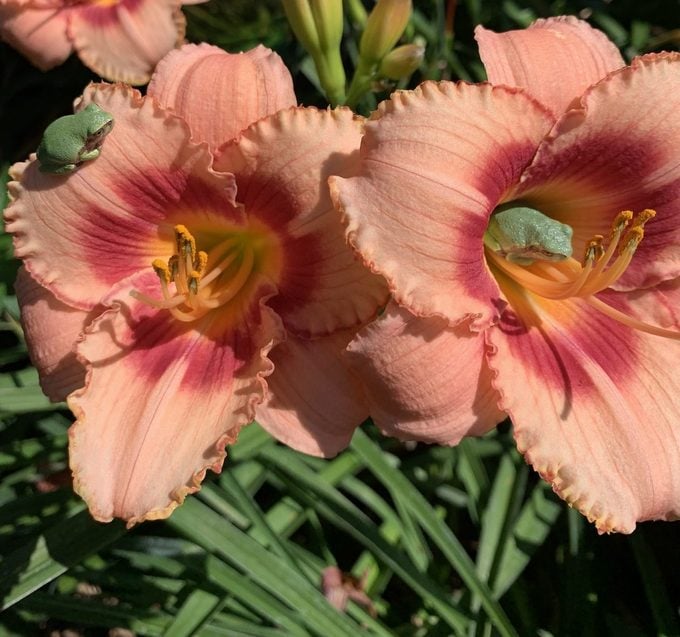
Daylilies are so common that they’re often overlooked. Growing daylilies is easy and rewarding, though, and newer varieties are real show-stoppers. Check out these simple tips for daylily care. Then take a look at some of the incredible offerings and plan to add some daylilies to your garden this year.
See the top 10 beautiful lily flowers to love.
Daylily Care and Growing Basics
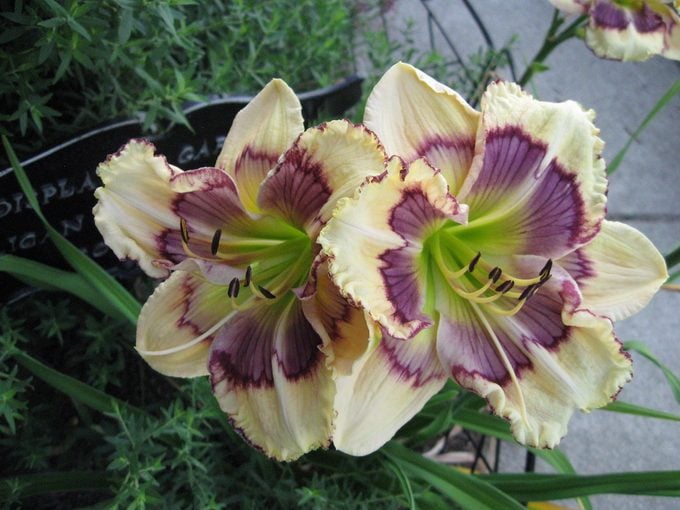
Hemerocallis, Zones 3 to 10
This summer blooming flower is cherished for its reliability. And with thousands of cultivars out there, gardeners have almost limitless color options. Though the individual blossoms last only one day, many hybrids flower repeatedly all growing season long. Plus hummingbirds and butterflies love the tube-shaped blooms! Give them a prime sunny or partially shady spot in your perennial garden to let the large flowers shine. They grow best in moist, well-draining soils.
As an added benefit, you can plant daylilies near a black walnut tree, as they can tolerate juglone, the tree’s toxic compound.
Despite their similar appearance, daylilies are not true lilies like Oriental lilies and Asiatic lilies.
Choose evergreen daylily varieties for warmer climates
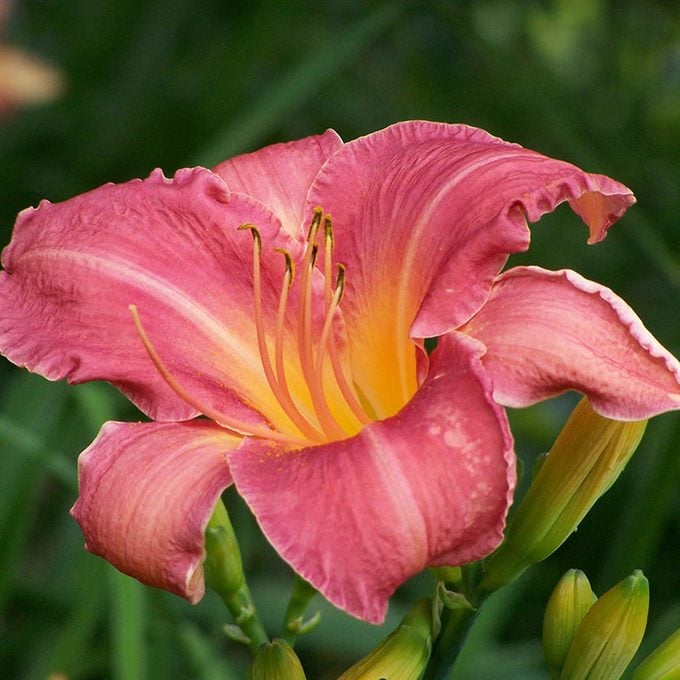
There are several species of daylilies, including the orange colored roadside variety Hemerocallis fulva, but most sold today are hybrids. They fall into two categories: dormant, which die back to the ground in the winter, and evergreen. In general, most daylilies are of the dormant type and do best in colder climates (zones 3 to 7).
Evergreen varieties are better for warmer climates (zones 8 to 9), although they can be a little harder to find. You’ll have better luck growing daylilies in the south if you seek them out, though. Semi-evergreen varieties lose some foliage but survive colder winters, so they’ll work in any zone.
Don’t miss 12 lovely pictures of lilies you need to see.
Plant early-, mid-, and late-blooming varieties
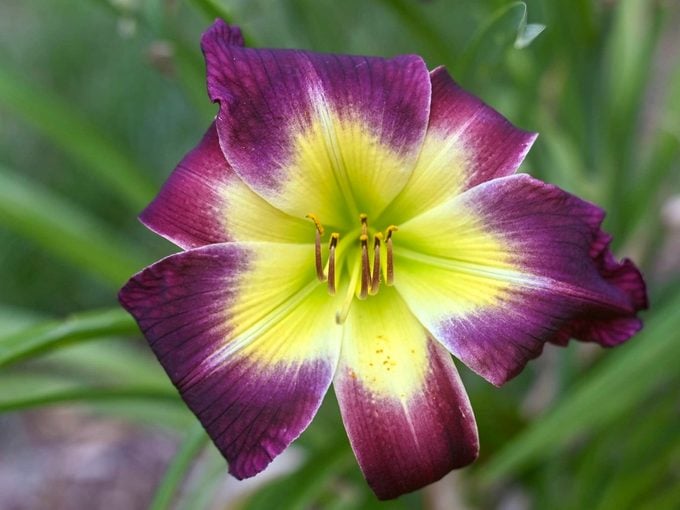
True to their name, daylily blooms open in the morning and fade by night. They have multiple blooms (up to a dozen) on each stalk, so the flowering continues for days or weeks. Many older types have a first big bloom, and then re-bloom periodically for the rest of the season.
Different varieties blooms earlier or later in the season, so by growing daylilies with different flowering times, you’ll have more consistent color in your garden.
Learn how to care for a gloriosa lily.
Deadhead daylilies for more blooms and true breeding
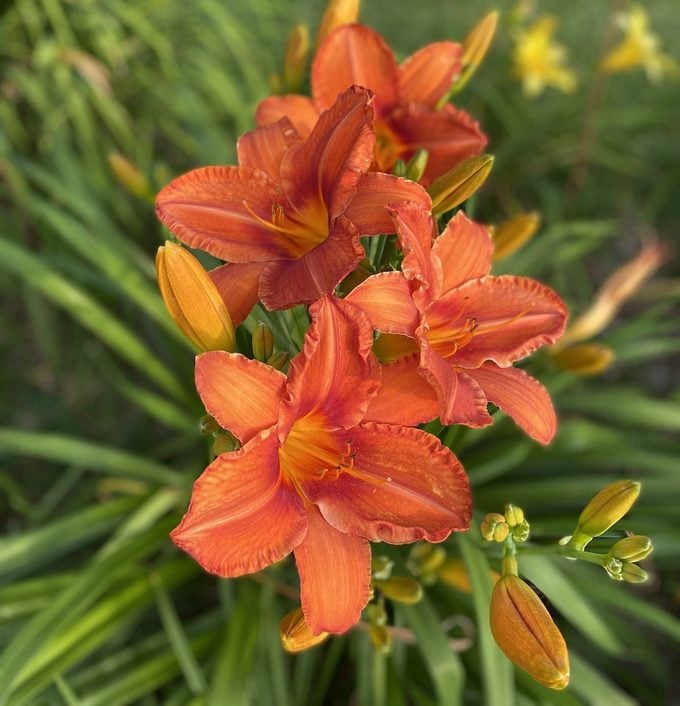
A daylily bloom opens each morning and fades by night. Re-blooming daylily varieties are becoming more common, as they have flowers throughout the season. All varieties benefit from deadheading, though. Remove spent blooms when they fade to encourage the plant to put energy into creating more flowers instead of seeds.
Another reason to deadhead your daylilies is to prevent cross-pollination. Reader Barbara Wells of Marinette, Wisconsin asks, “If different varieties of daylilies are planted close together, will each plant continue to stay true to its original form? If not, how far apart should the plants be?”
Horticultural expert Melinda Myers says, “The original plants will stay the same but due to cross-pollination (exchange of genetic material between two different varieties of daylily), their offspring won’t. You can avoid this problem by deadheading faded flowers. This prevents seeds from developing. Also remove the few, if any, unwanted seedlings that appear at the base of the plants.
Don’t worry about limiting growth. Daylilies increase in size as they grow larger root systems or rhizomes that produce more stems. When growing daylilies, it’s possible to mix varieties, but stay with plants that are equally assertive. Otherwise, the more aggressive plant may engulf the other.”
Follow these expert tips to get rid of lily of the valley.
Divide daylilies for healthier plants
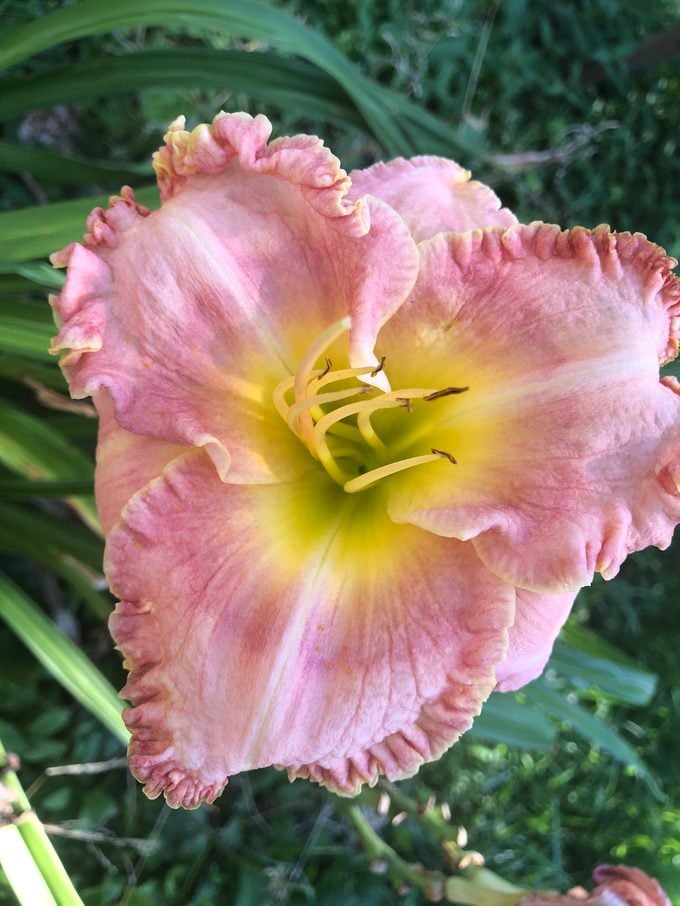
These plants were made for sharing. Daylily care is a low-maintenance gig, but they do need to be divided every few years to revitalize the plants and prevent the fleshy roots from becoming too tough.
Daylilies spread by budding new small plants next to the main one. Over time, they’ll become crowded and produce fewer flowers.
In late summer, dig up the whole clump and use a shovel to split into smaller chunks. Spread them out and replant, or share extras with friends and neighbors.
Grow tropical ginger lily for late-season flowers.
Try dwarf daylily varieties in containers
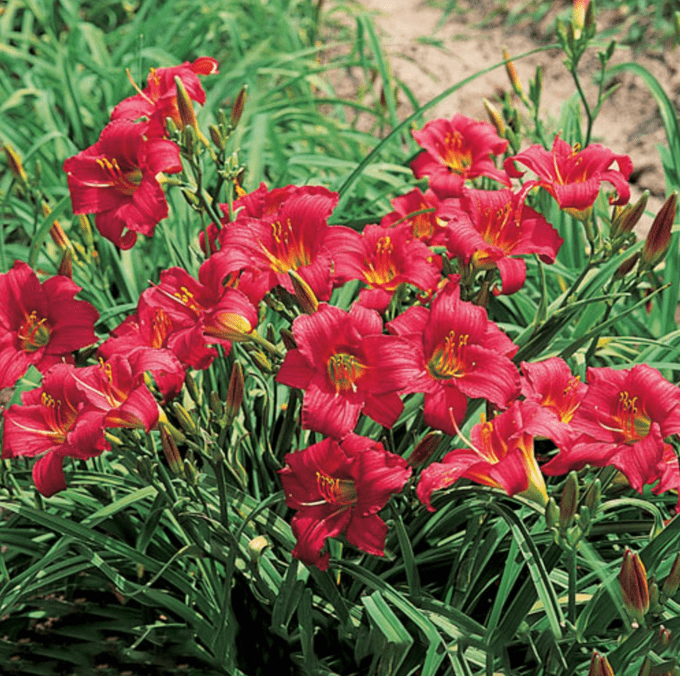
With so many unique kinds of flowers now available, growing daylilies in containers can be a great way to highlight a special variety or two. Some types are far too tall, but dwarf (or miniature) daylilies top out around 2 feet tall.
Mix them with trailing flowers like alyssum or lobelia, or just let them be the stars of the show.
Blackberry lily adds bold color to the flower garden.
Colorful Daylilies to Grow
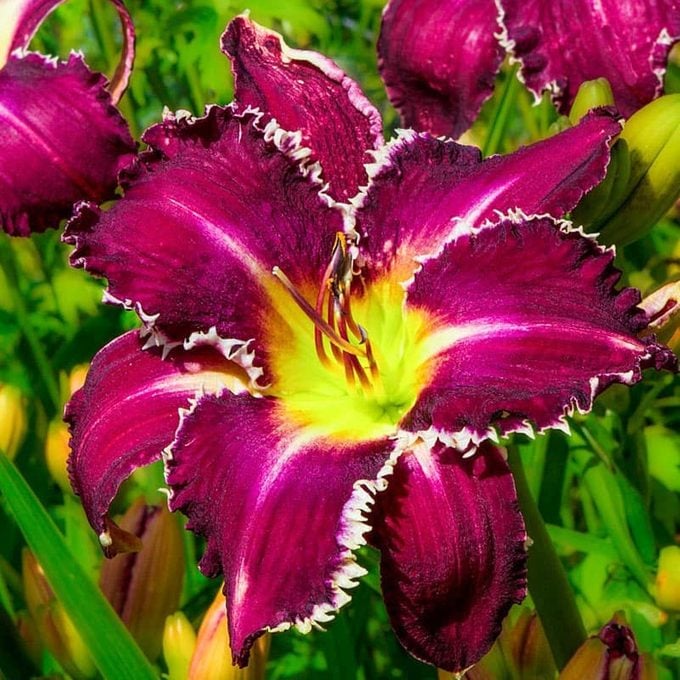
- Snaggle Tooth Daylily: Reblooming, semi-evergreen
- Darya Daylily: Reblooming, semi-evergreen
- Extravagant Daylily: Evergreen, two bloom cycles per season
- Here Lies Butch Daylily: Semi-evergreen, dwarf
- Catcher in the Eye Daylily: Evergreen, re-blooming
Next, find out how to grow native trout lily to add early spring color to shade.
